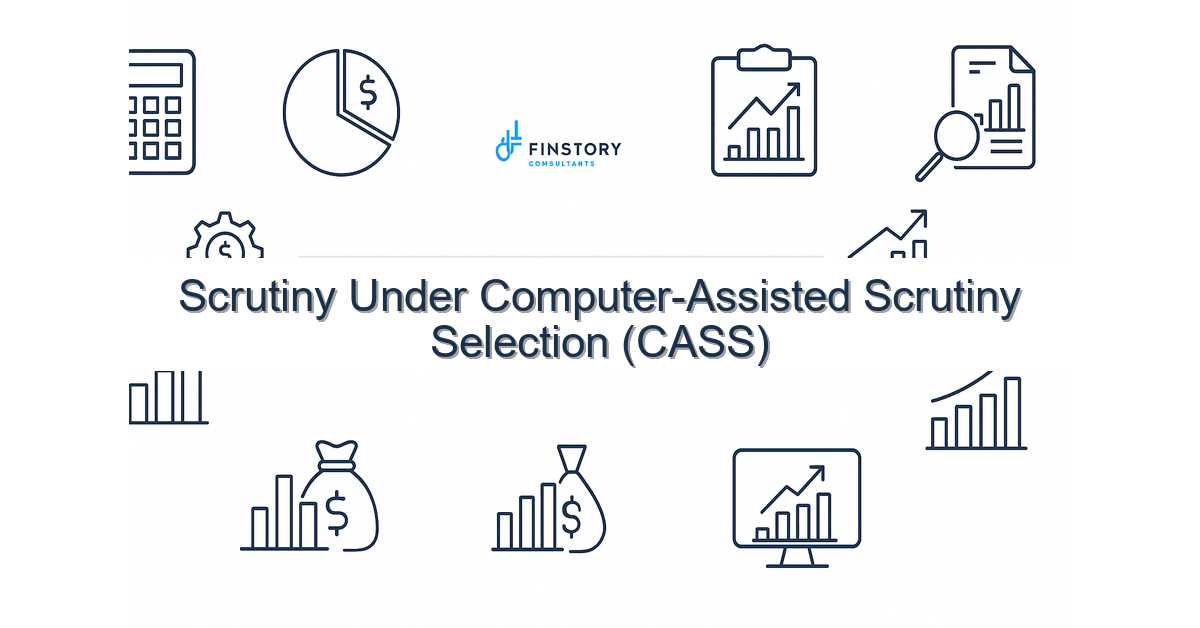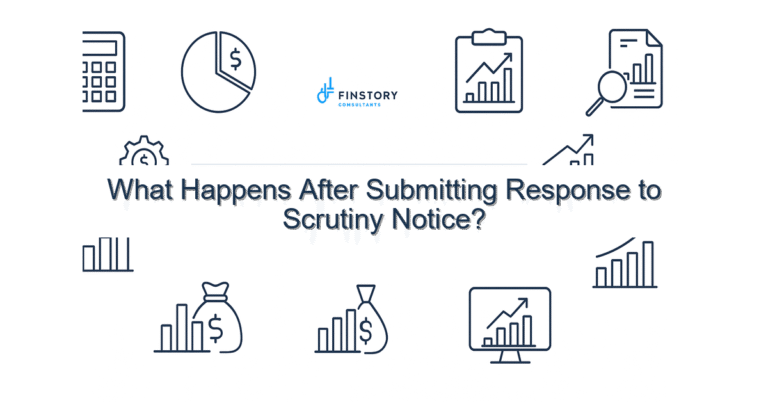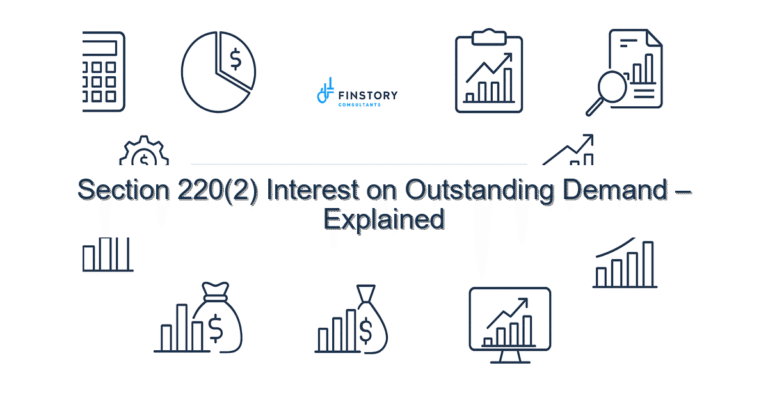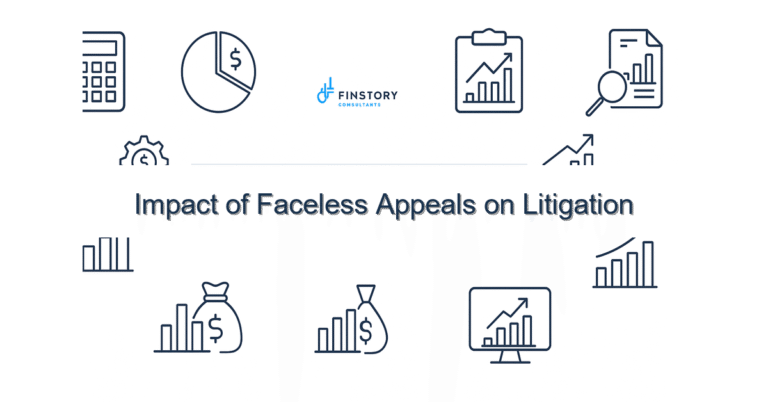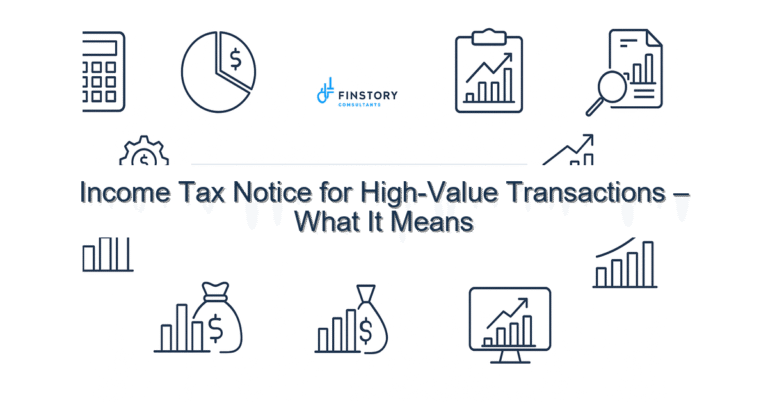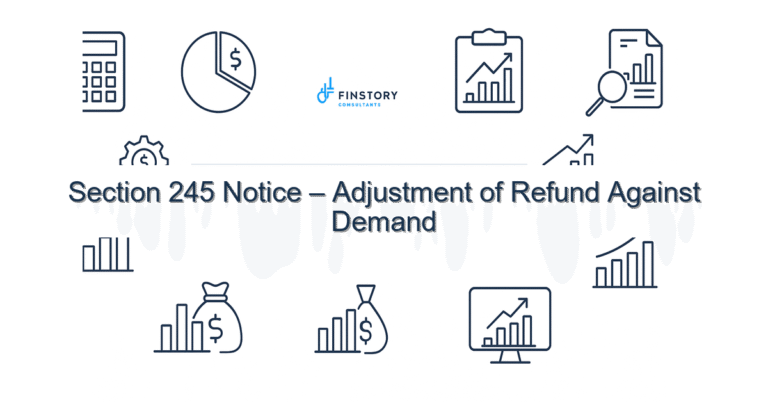Scrutiny Under Computer-Assisted Scrutiny Selection (CASS)
Getting a scrutiny notice can feel like a call you weren’t ready for. You’re juggling salary slips, invoices, and deadlines like the ITR filing last date — and then there’s a letter from the tax department. You’re not alone; many taxpayers in India face Computer-Assisted Scrutiny Selection (CASS) notices and feel unsure how to proceed.
Summary: CASS is a data-driven selection tool used by the income tax India authorities to pick returns for detailed examination. Understand what triggers selection, common pitfalls, a simple 3-step response framework, and an actionable checklist to protect refunds and avoid costly mistakes.
What’s the real problem in India?
At its core, the problem is complexity. Tax rules change, data flows from multiple sources (TDS, TCS, AIS/26AS, stock exchanges), and taxpayers — salaried, professionals, founders, MSMEs — file returns across old vs new regime slabs or claim deductions like Section 80C limit benefits. CASS compares your return with data available to the Income Tax Department and flags mismatches. If discrepancies cross a threshold, the system selects the return for scrutiny.
To decode this, you need clarity on AY/PY (Assessment Year vs. Previous Year), CBDT timelines for issuing notices, and the right forms (notice under section 143(2) or 142(1), ITR forms like ITR-1/2/3 depending on your situation). Many taxpayers don’t track these nuances until a notice arrives.
- Symptom: Unexpected demand or query about income not in your ITR.
- Symptom: Mismatch between Form 26AS/AIS and your return, e.g., TDS/TCS not claimed.
- Symptom: High capital gains without evidence of capital gains indexation or exemptions claimed incorrectly.
- Symptom: Multiple small transactions (bank/UPI) flagged as unexplained income.
What people get wrong
Many taxpayers assume a notice always means they will pay more tax. Others treat CASS letters as merely procedural and delay response. Common mistakes:
- Ignoring the notice thinking it’s a generic email — notices have strict response timelines.
- Relying solely on memory instead of verifying AIS/26AS, capital gains statements, and bank statements before replying.
- Incorrectly claiming deductions (Section 80C limit misuse, or mismatch in proofs) or filing under the wrong ITR form.
- Providing incomplete documents or unstructured replies that prolong scrutiny and increase the chance of reassessment.
A better approach
Respond calmly and systematically. Treat a CASS notice as an opportunity to close issues quickly rather than a crisis.
- Pause and read the notice carefully: note the sections (e.g., 143(2), 142(1)), timelines, and the specific items questioned.
- Reconcile data: check AIS/26AS, bank statements, capital gains computations (include capital gains indexation where applicable), TDS/TCS credits, and your ITR copy.
- Prepare a concise response with supporting documents: a clear cover letter, reconciliations (excel/pdf), and cross-references to ledger entries or transaction IDs.
- If unsure, get expert help early: a tax advisor can draft the reply, possibly avoid an in-person assessment, and prevent escalation.
- Follow up and keep records: log the e-filing portal acknowledgements and any CBID/CBDT correspondence.
Real-world example: A Mumbai-based startup founder received a CASS notice for AY 2023–24 citing unexplained Sundry Income of INR 8.5 lakh. After reconciling bank statements and showing the amount was a refundable vendor deposit (documented), the scrutiny closed without additional tax. Time to resolution: 45 days vs. a potential 6–9 month drawn-out assessment.
Quick implementation checklist
- Open the notice immediately and note the last date to respond — do not miss it.
- Download your AIS/26AS and compare with the ITR you filed.
- Gather supporting docs: bank statements, invoices, Form 16, broker contract notes (for capital gains), and proof of tax payments.
- Recompute challenged items: e.g., capital gains with indexation, exempt income calculations, or details of TDS/TCS.
- Draft a one-page cover letter explaining the reconciliation and attach annexures with page numbers.
- Upload the response through the income tax e-filing portal or send per the notice instructions; keep proof of submission.
- If you’ve missed the ITR filing last date and the notice involves late filing, clarify reasons and offer corrected computation if needed.
- Seek professional help if amounts are large, allegations suggest concealment, or you receive follow-up notices.
What success looks like
Clear, measurable outcomes to aim for:
- Refund retained or processed as filed — no further demand issued.
- Reduced or no addition to taxable income after reconciliation (target: 0–10% change).
- Fewer future notices for similar issues by fixing reporting practices (TDS/TCS tracking improvements).
- Faster closure — move from notice to closure within 30–90 days.
- Lower risk of penalty or prosecution by demonstrating full documentation and intent to comply.
Risks & how to manage them
CASS is technology-driven but human judgment follows. The main risks are under-reporting, missed TDS/TCS credits, and inadequate documentation. Manage them by:
- Keeping contemporaneous records for transactions — invoices, bank confirmations, contracts.
- Reconciling Form 26AS/AIS quarterly with books and salary records (Form 16) to catch TDS/TCS mismatches early.
- Filing accurate capital gains computations with indexation where applicable and attaching broker notes.
- Responding within CBDT timelines to avoid escalation; request time if you need to collate documents.
Tools & data
Make these tools part of your workflow:
- AIS/26AS: Primary source to reconcile all TDS/TCS and tax payments.
- Income tax e-filing portal: for downloading notices, submitting responses, and tracking status.
- TDS/TCS tracking tools or simple spreadsheets: reconcile monthly/quarterly to avoid surprises.
- Capital gains calculators that handle indexation and integrate contract notes.
- Cloud doc storage for proofs so you can attach organized annexures when responding.
FAQs
Q: What is CASS and how does it select my return?
A: CASS (Computer-Assisted Scrutiny Selection) is a CBDT system that compares your filed ITR against data from AIS/26AS, TDS/TCS, and other databases. Significant mismatches or risk markers trigger selection for scrutiny.
Q: I received a notice under section 143(2)—what should I do first?
A: Note the response deadline, download Form 26AS and relevant documents, reconcile discrepancies, and prepare a concise reply with supporting evidence. If unsure, consult a tax advisor before submitting.
Q: Can I correct errors after a CASS notice?
A: Yes. You can submit revised computations or clarifications. If there are genuine mistakes, present corrected figures with proofs. Deliberate concealment raises risk of penalties.
Q: Will a CASS notice delay my refund?
A: It can. Prompt, well-documented responses shorten scrutiny. Tracking TDS/TCS and aligning AIS/26AS during filing reduces the chance of CASS selection and refund delays.
Next steps
If a notice has landed on your desk, treat it as a priority but not a panic. Use the checklist above, reconcile AIS/26AS, and prepare a tight response. For complex cases — capital gains indexation issues, TDS mismatches, or large unexplained entries — professional guidance makes a material difference.
Need help now? We review notices, prepare responses, and represent you during assessments. Start with a short document review and get a personalised response plan.
[link:ITR guide] [link:tax-saving tips]
Work with Finstory. Speak with an Expert for a personalised plan to reduce your tax outgo and stay compliant. Book a free 20-min consultation.
📞 Need help with Income Tax in India?
Book a 20-min consultation with our tax team. Individuals, founders & MSMEs welcome.
Prefer email or phone? Write to info@finstory.net
or call +91 44-45811170.
